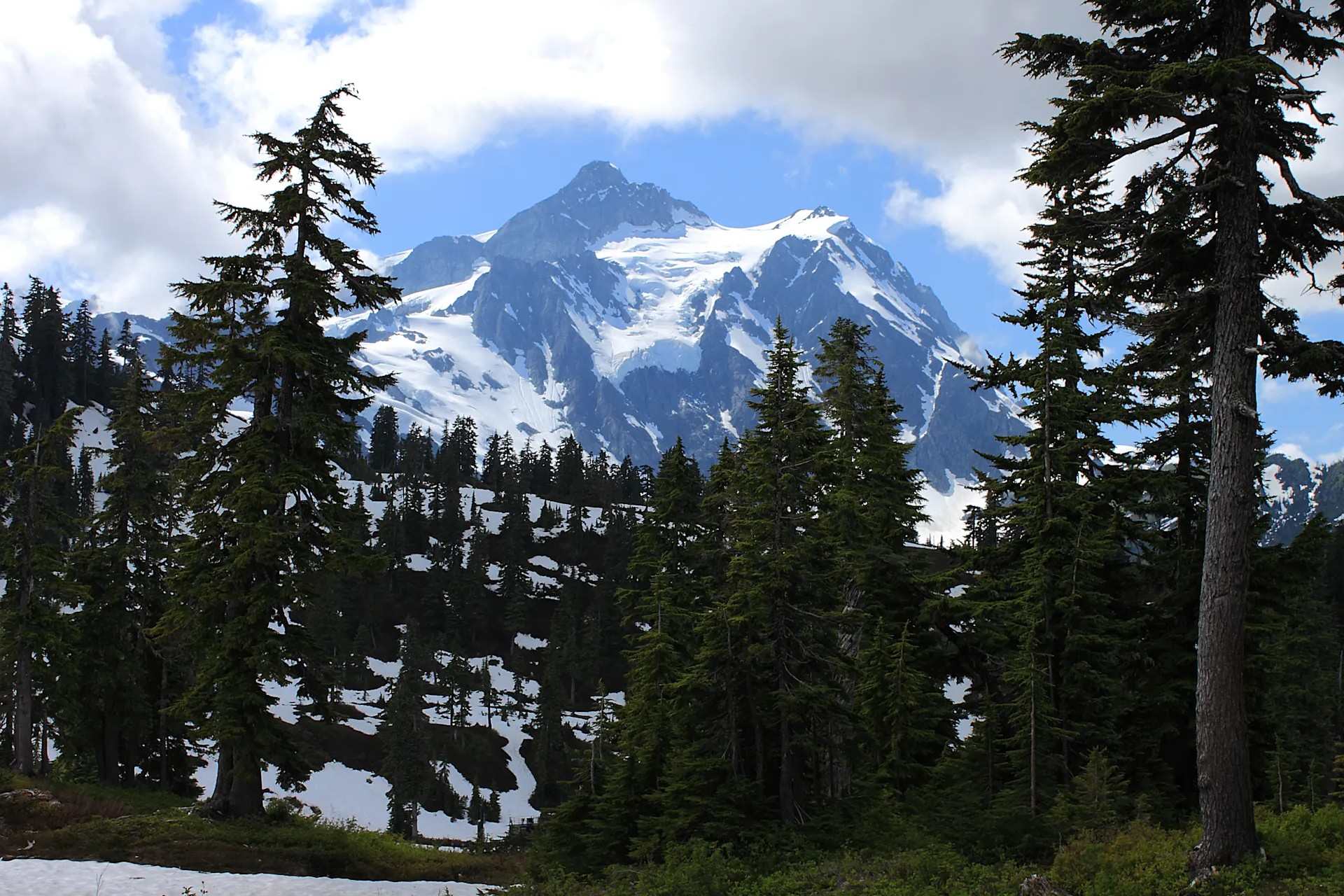Secrets Of Mount Baker’s Ghost Logging Camps

Have you ever heard of Mount Baker's ghost logging camps? These hidden gems in Washington State offer a peek into the past. Once bustling with loggers, these camps now stand silent, overtaken by nature. Imagine walking through dense forests and stumbling upon old cabins, rusted tools, and forgotten rail tracks. These relics tell stories of hard work, community, and survival. Visiting these sites is like stepping back in time. Whether you're a history buff or just love a good hike, exploring these ghost camps will leave you with a sense of wonder and curiosity. Ready to uncover the secrets of Mount Baker's hidden history?
Secrets of Mount Baker's Ghost Logging Camps
Mount Baker, a majestic peak in Washington State, hides a fascinating history within its dense forests. Ghost logging camps, remnants of a bygone era, dot the landscape, whispering tales of hard labor, camaraderie, and the relentless pursuit of timber. These abandoned sites offer a unique glimpse into the past, blending natural beauty with historical intrigue.
The Forgotten Camps
Scattered across Mount Baker's wilderness, these ghost logging camps once buzzed with activity. Now, they stand silent, slowly being reclaimed by nature. Each site has its own story, waiting to be uncovered by curious explorers.
Kulshan Camp
- Nestled near the North Fork Nooksack River, Kulshan Camp was a bustling hub during the early 1900s. Loggers worked tirelessly, felling massive trees and transporting them via railroads. Today, remnants of old cabins and rusted machinery can still be found, offering a haunting reminder of the past.
Shuksan Camp
- Located in the shadow of Mount Shuksan, this camp played a crucial role in the logging industry. The camp's strategic position allowed loggers to access some of the densest forests in the region. Visitors can still see the skeletal remains of bunkhouses and equipment, slowly succumbing to the elements.
Twin Sisters Camp
- Twin Sisters Camp, named after the nearby Twin Sisters Mountain, was a key site for timber extraction. The camp's isolation made it a challenging place to live and work, but the loggers' resilience is evident in the structures that remain. Old logging roads and decaying buildings tell the story of a once-thriving community.
Hidden Relics
Beyond the camps themselves, the surrounding areas are littered with relics from the logging era. These artifacts provide a tangible connection to the past, allowing visitors to piece together the daily lives of the loggers who once called these camps home.
Railroad Tracks
- Abandoned railroad tracks snake through the forest, remnants of the logging railroads that transported timber to mills. These tracks, now overgrown and rusted, serve as a poignant reminder of the industry's impact on the landscape.
Old Machinery
- Scattered throughout the camps, old machinery like steam donkeys and logging sleds can still be found. These rusted relics, once vital to the logging process, now stand as silent witnesses to a bygone era.
Log Flumes
- Log flumes, used to transport logs down steep slopes, can still be seen in some areas. These wooden chutes, though weathered and decayed, highlight the ingenuity and resourcefulness of the loggers.
Nature Reclaims
As nature slowly reclaims these ghost logging camps, a unique blend of history and wilderness emerges. The encroaching forest, with its towering trees and dense undergrowth, creates an eerie yet beautiful backdrop for these forgotten sites.
Overgrown Cabins
- Many of the cabins and bunkhouses are now overgrown with moss and vines. These structures, once bustling with life, now blend seamlessly into the forest, creating a hauntingly beautiful scene.
Wildlife Encounters
- The abandoned camps have become havens for wildlife. Deer, bears, and other animals roam freely, adding to the sense of isolation and wilderness. Visitors may catch glimpses of these creatures as they explore the sites.
Forest Trails
- Old logging roads and trails, now used by hikers and nature enthusiasts, wind through the forest. These paths offer a unique way to explore the ghost camps, providing access to areas that would otherwise be difficult to reach.
Exploring the Past
Visiting Mount Baker's ghost logging camps is like stepping back in time. Each site offers a unique window into the past, allowing visitors to experience the history and beauty of this rugged landscape.
Guided Tours
- For those interested in a deeper understanding of the camps, guided tours are available. Knowledgeable guides share stories and insights, bringing the history of these sites to life.
Self-Guided Exploration
- Adventurous souls can explore the camps on their own, using maps and historical records to navigate the area. This self-guided approach allows for a more personal and immersive experience.
Photography Opportunities
- The ghost camps provide stunning photography opportunities. The contrast between the decaying structures and the vibrant forest creates a captivating scene, perfect for capturing the essence of Mount Baker's hidden history.
The Legacy of Mount Baker's Ghost Logging Camps
Mount Baker's ghost logging camps offer a unique glimpse into the past. These hidden gems tell stories of hard work, community, and the relentless spirit of early loggers. Exploring these sites, you can almost hear the echoes of saws and the laughter of workers.
Visiting these camps isn't just about history; it's about connecting with nature. The trails leading to these spots are surrounded by breathtaking scenery. You'll find lush forests, clear streams, and wildlife. It's a perfect blend of adventure and education.
For those interested in history or just looking for a unique hike, Mount Baker's ghost logging camps are a must-see. They remind us of the region's rich heritage and the people who shaped it. So, lace up your hiking boots and discover the secrets of these forgotten camps.

